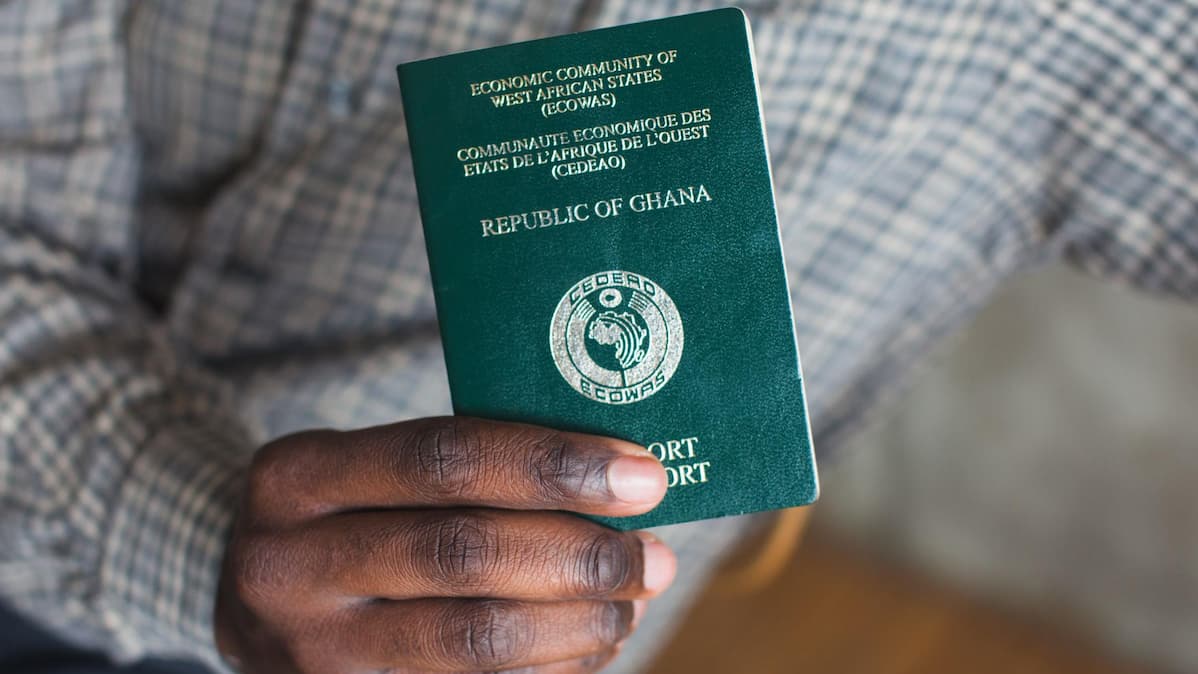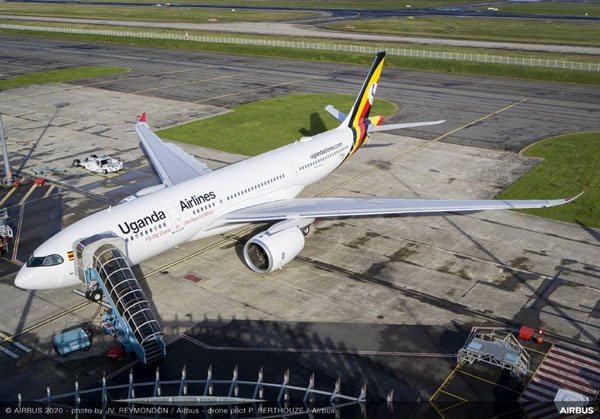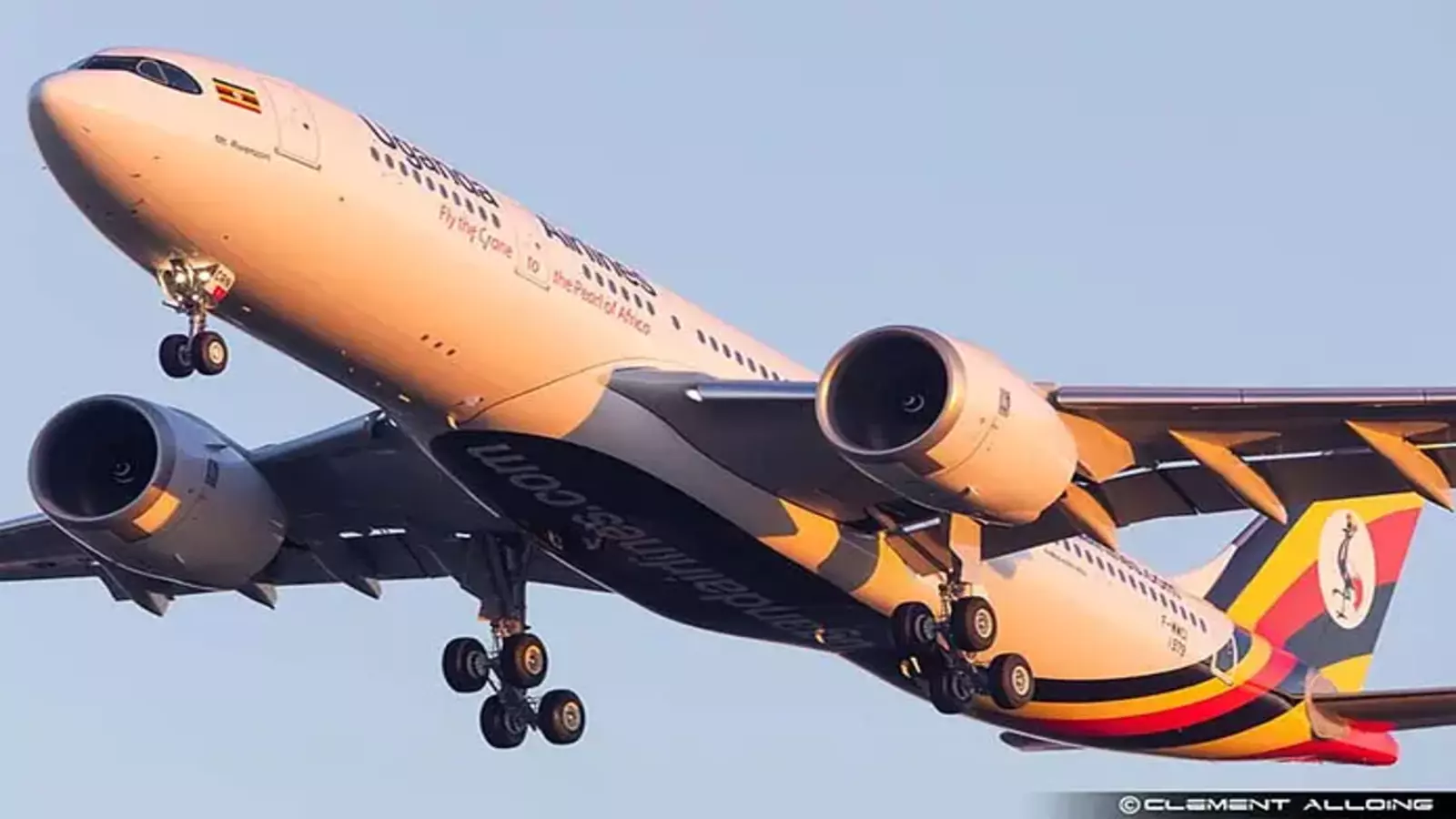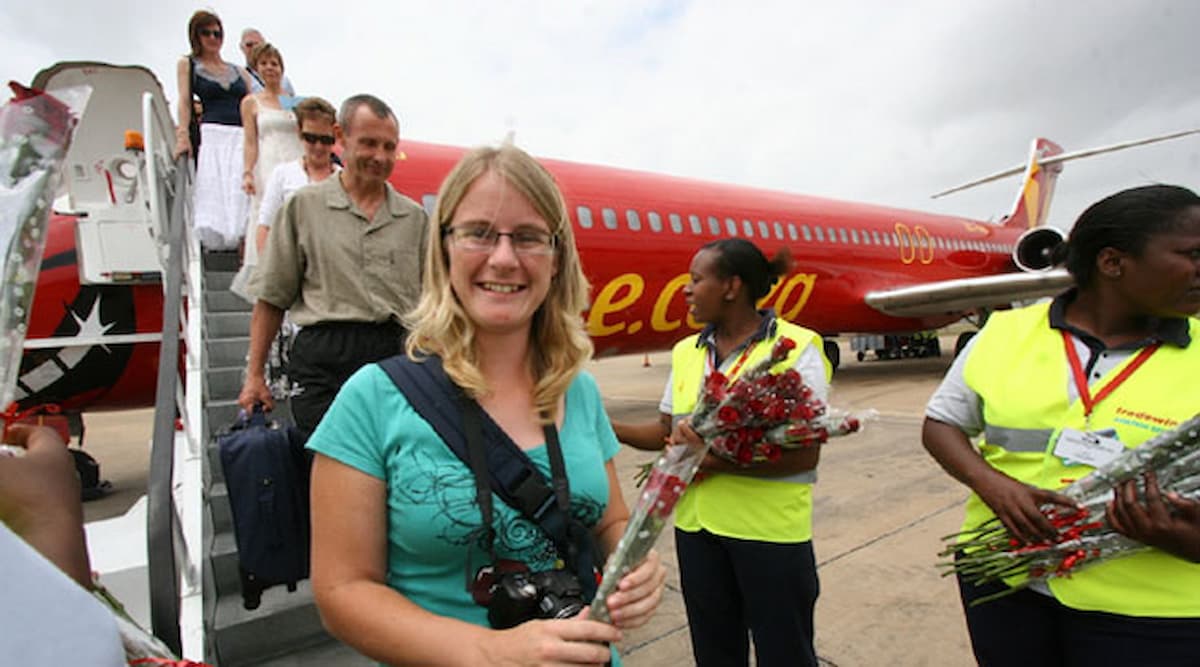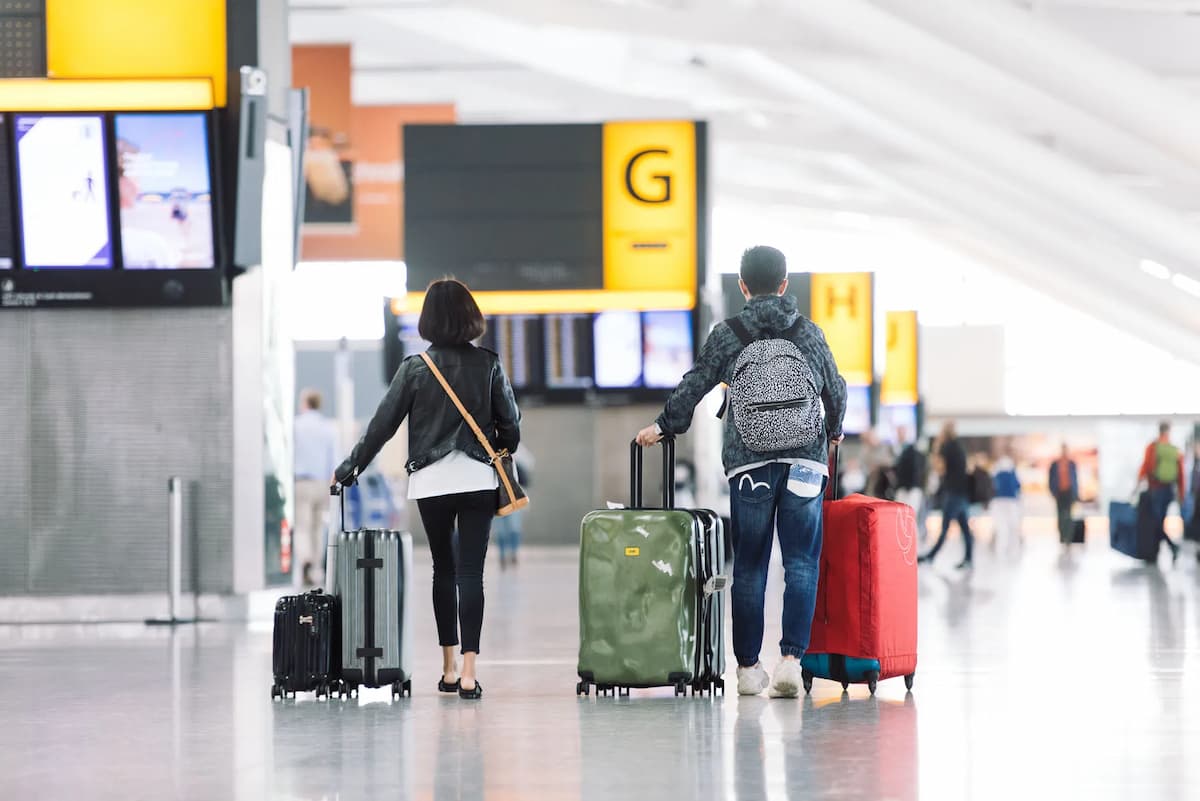As the global tourism landscape begins to recover from the Covid-19 pandemic, Kenya is rolling out a new ambitious tourism policy aimed at attracting international visitors.
The National Government is keen to position the country as a premier destination in Africa, targeting a significant increase in tourist arrivals this year.
Central to the strategy is the creation of financial incentives designed to attract both international airlines and charter services. The government plans to reduce airport service charges and aviation fuel costs, making it more cost-effective for airlines to operate in the country.
“We want to lower the cost of doing business for airlines to encourage more routes to Kenya,” said Principal Secretary for Tourism John Ololtuaa. “This will not only increase tourist arrivals but also enhance connectivity within the region.” By targeting key international markets in Europe, Asia, and North America, Kenya aims to diversify its tourist demographics.
The government is also focused on attracting charter services that cater to niche markets, such as adventure and eco-tourism, which are gaining popularity among travellers seeking unique experiences.
To support its tourism goals, Kenya is investing in the modernisation of airports and airstrips.
Upgrades will focus on enhancing facilities and services, creating an efficient environment for airlines while improving the overall traveller experience.
The government’s goal is to transform Kenya into a regional hub for both international and domestic tourism.
Additionally, the government plans to streamline travel processes. This includes re-engineering the Electronic Travel Authorisation (ETA) system to make it easier for tourists to obtain necessary permits.
Simplifying visa requirements will lower barriers for potential travellers, making Kenya an even more appealing destination.
Recognising that collaboration with the private sector is essential, the Kenyan government is actively seeking partnerships with airlines and tourism operators.
These collaborations will not only enhance marketing efforts but also provide a platform for public-private partnerships (PPPs) that can drive investment in tourism infrastructure.
As part of its strategy, Kenya aims to promote the East African region as a single tourist destination.
This joint marketing initiative will eliminate barriers to travel within the region, encouraging tourists to explore multiple countries during their visit.
The new policy also emphasises the importance of domestic tourism as a way to bridge the gaps in international travel.
By developing a Domestic Tourism Strategy, the government hopes to encourage Kenyans to explore their own country, thereby boosting local economies and fostering national pride.
With initiatives to promote under-visited sites and affordable tourism options, the government aims to make travel within Kenya accessible for all citizens.
This focus on domestic tourism is expected to complement international efforts, providing a well-rounded approach to enhancing overall visitor numbers.
As Kenya prepares to welcome an estimated three million tourists by the end of this year, the optimism surrounding the tourism sector is palpable.
The government’s proactive measures, including competitive incentives for airlines and a focus on infrastructure development, signal a commitment to revitalising tourism.
With the right strategies in place, Kenya aims to reclaim its position as a leading tourist destination in Africa.
By enhancing accessibility and promoting unique travel experiences, the country is poised for a robust recovery, setting the stage for a vibrant tourism landscape in the coming years.
Source: Standard Media


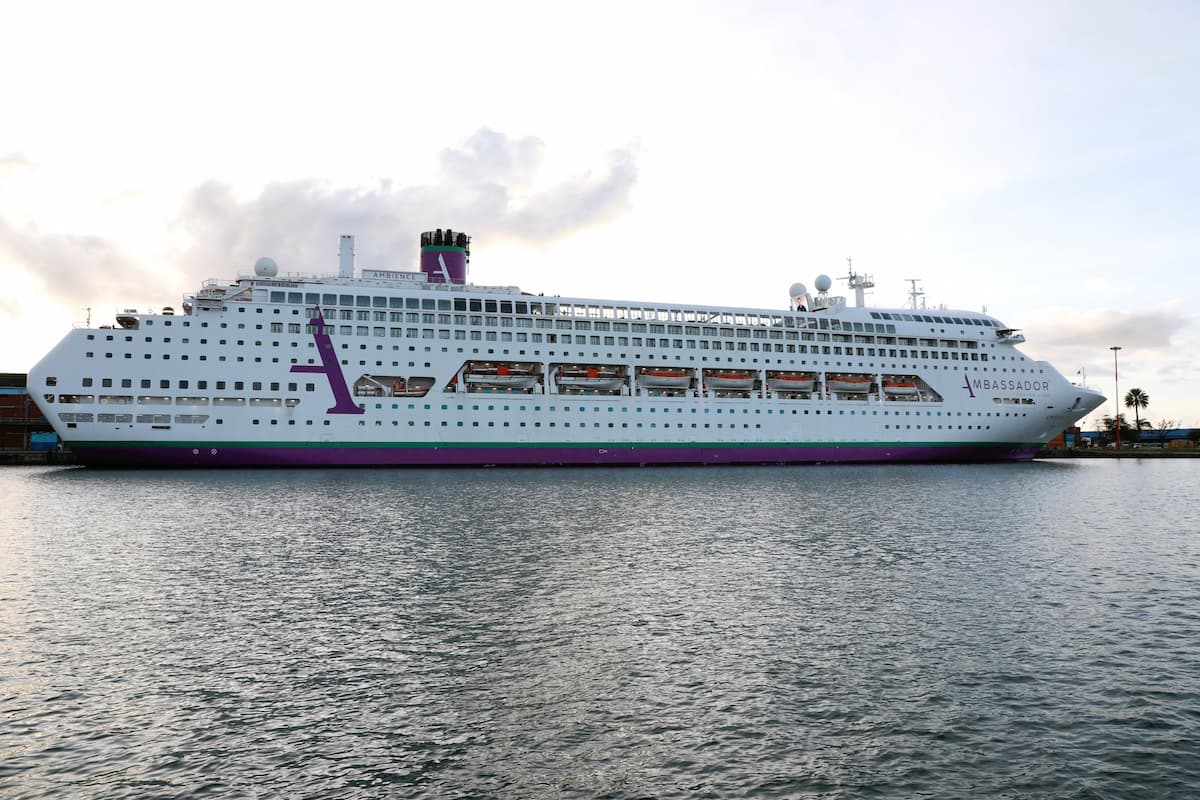
 Tourists disembark from MS Ambience after the ship docked at the Mombasa Port on March 27, 2024. (Photo: KPA)
Tourists disembark from MS Ambience after the ship docked at the Mombasa Port on March 27, 2024. (Photo: KPA) A tourist dances after disembarking from MS Ambience at the Mombasa Port on March 27, 2024. (Photo: KPA)
A tourist dances after disembarking from MS Ambience at the Mombasa Port on March 27, 2024. (Photo: KPA)


